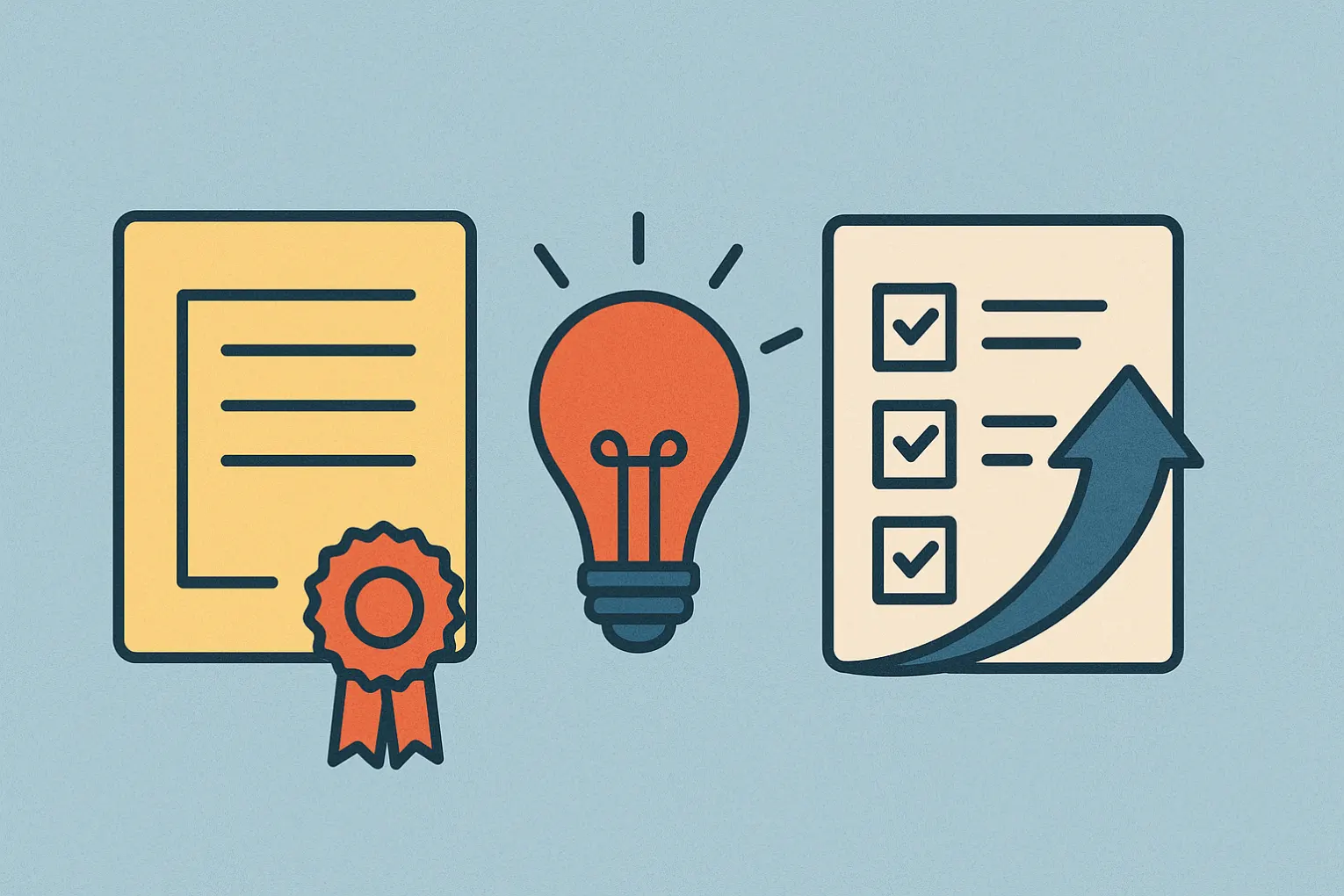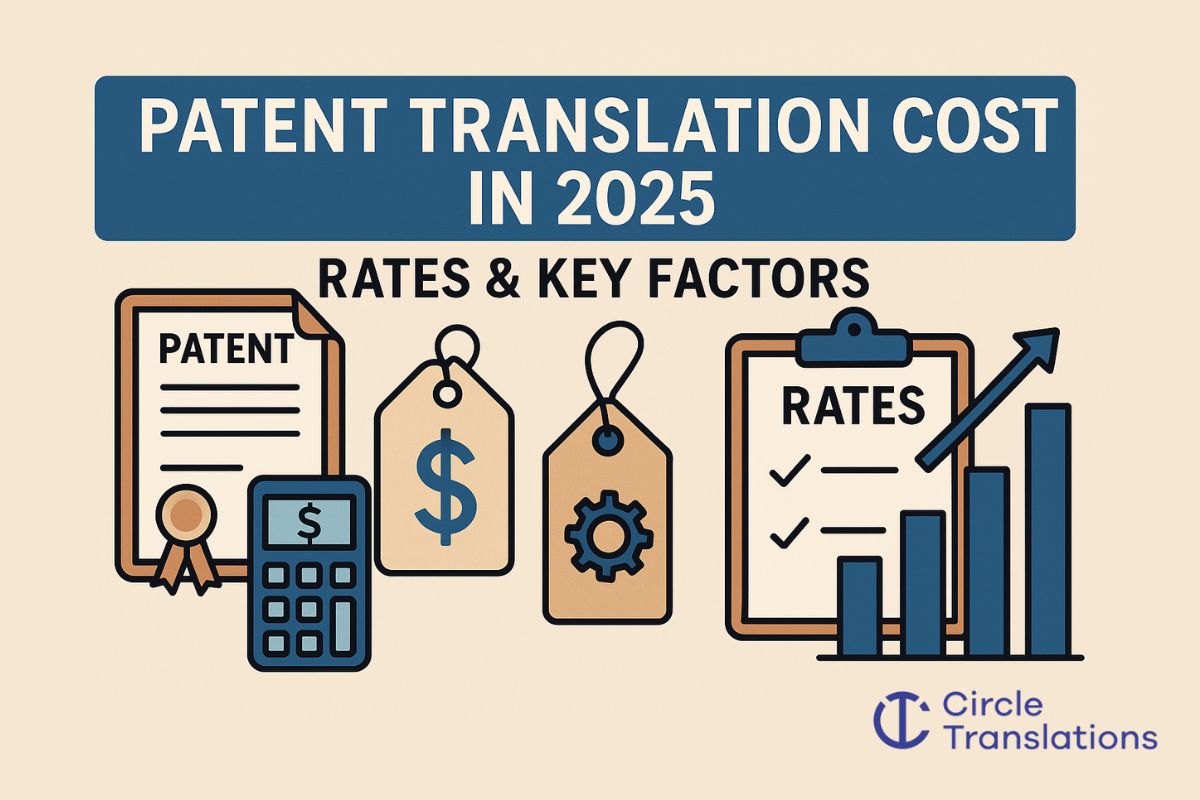Writing style can affect how a reader reacts to a piece of information, so learning about technical content nuances is key to eliciting a good impression from the audience. How you deliver the material, including the voice, tone, mechanics and grammar, and citations, play a role in how your content gets noticed and read.
Technical communications are almost always direct, well-organized, precise, and concise. These key characteristics distinguish formal writing from other types. It works much like conventions in music or films where a specific trait or rule identifies a particular genre.
This guide can help you learn the nuances of technical writing and the best practices to apply them.
Technical writing: what does it look like?
Technical communications can be written differently depending on the purpose and target audience. It is categorized as a non-fiction genre with distinct features a reader will expect to observe in the article.
This type of content may have the following elements:
- Headings. Technical content utilizes headings to create coherent sections that organize information.
- Lists. Bullet points allow you to present information concisely.
- Figures and tables. These tools provide a visual presentation of data.
- Visual design. Readability can be affected by how well the article is designed (font, margin, spacing, etc.)
The key characteristics can be summarized as clear, goal-oriented, accessible, usable, effective, and reader-centric.
Technical content nuances
Knowing how to write technical content effectively does not come naturally to everybody. It takes practice and careful application of technical content nuances unique to this type of written communication.
Writing style
Like the differences in speaking, every writing task will be delivered differently depending on the topic and situation. Choosing the best writing style that gets your message across is vital so that your desired audience can understand you clearly.
For example, if you are writing a white paper about a service, the reader would expect to find important information such as what the service is, what it’s for, and how it can benefit them. If you fail to provide the answers, you will disappoint your audience, which could reflect poorly on your capacity as a communicator.
Here are some of the elements of a proper writing style for technical communications.
Conciseness
In technical writing, sentences need to be clear and straightforward. The reader should understand the message relayed in short and direct sentences. However, if you create content to nurture a client relationship or team dynamics, slightly lengthier sentences will not hurt.
Preciseness
Delivering the correct information is indispensable in technical content. Your statements must be verifiable, specific, and meaningful to avoid misapplication of results. It’s also best to avoid subjective views and stick to quantifiable data or objective observations. You must also inject certainty in your statements, with words like “guarantee,” “prove,” and more.
Direct to the point
There is no room for nonsense in technical writing. You can sound smart by using an easy-to-understand vocabulary instead of flowery words that complicate the sentence. Professional communications call for clear and unpretentious statements that get to the point quickly.
Well-organized thought
Part of technical content nuances is how information is presented. It should be appropriately organized, intentional, and logical, mainly if it aims to educate the audience. Outlining the document, using subheadings, and inserting transition words (also, moreover, etc.) and phrases (as a result, and so, etc.) help readers digest the information quickly.
Grammar and spelling
Grammar and spelling are simple concepts in any form of writing, but they can impact your content significantly. Bad grammar and wrong spelling may disengage your reader quickly, so you must observe the rules and ensure no misspelled words loitering in the paragraphs.
There are plenty of online tools and grammar checkers, but that does not mean you can skip proofreading. Checking and rechecking a few times enables you to deliver a well-written copy free from errors.
Tone
Technical writing typically has a business or professional tone, between formal and informal. First-person or second-person pronouns can be used only if they fit the context and are appropriate for the audience.
Moreover, the readers will likely be more engaged to read your content if the language is courteous. They will be more perceptive to the information you give out if the sentences and paragraphs possess a constructive tone.
Formatting
Nowadays, technical content can take on many forms, including visual, electronic, and printed formats. The length of the article depends on the purpose. For instance, reports may have a long design, while letters, emails, and memos have a shorter word count.
Style guides are most often used when formatting a technical document. It utilizes headings and subheadings to support the flow of the sentences. It may also include lists, tables, and figures that contain important data to back up the statements.
Other features
Technical content nuances are presented objectively and neutrally. There is no place for gossip and baseless information in this type of writing. The descriptors need to be precise and quantifiable to ensure that the content is data-driven and accurate.
Final thoughts
These distinct features help create an engaging copy that the target audience will find helpful. Whether the purpose is to inform, teach, or appeal to the readers, technical writing should be easy to digest with verifiable statements that help reach a larger audience.
If you need technical translation services, our team at Circle Translations can apply these technical content nuances to create the perfect copy for you. We have top-notch translation offerings that can help fulfill your next technical content project. You can contact us today to get started!
Subtitles

Professional and Accurate Subtitle Services for your Videos.
- Video subtitles specifically tailor-made for improving accessibility.
- Using highly experienced subtitlers with years of industry experience.
- Professionally written and expertly timed.
Translation

We help the world’s top companies translate their content in over 73 languages!
- We localize content for internet websites, games, travel, cryptocurrencies, and more
- Expand your global audience by adding different languages.
- We work only with qualified translators and experienced content creators
Audio translation

Ensuring full accessibility for Blind and visual impaired audiences.
- Visual descriptive events as they occur in the video.
- Working with top audio describers to perfectly describe what is happening on-screen
- Professional sound recording.














